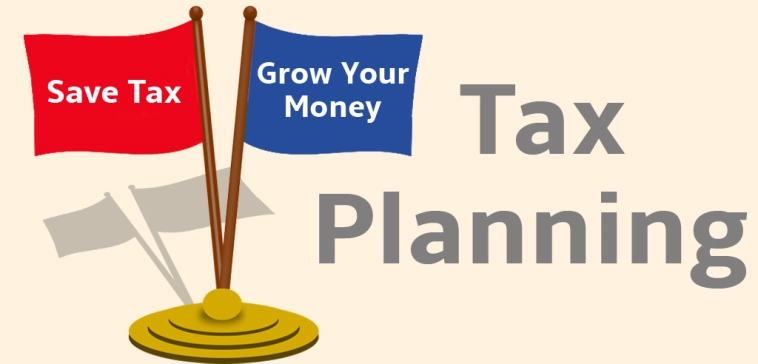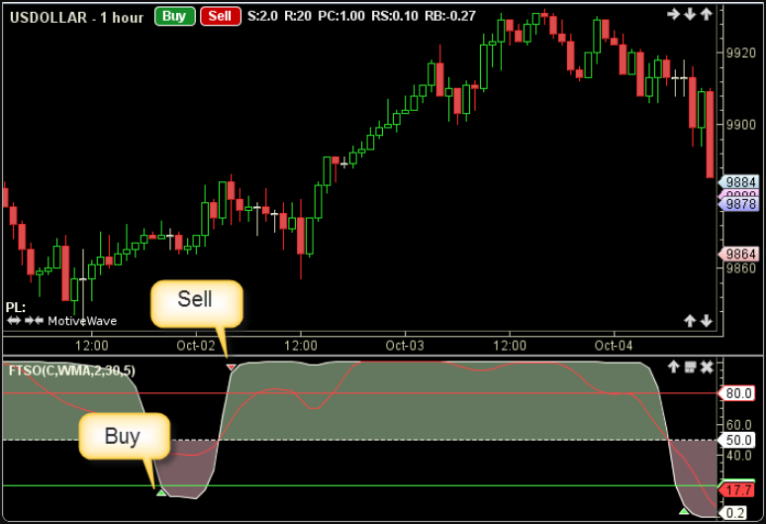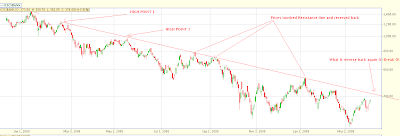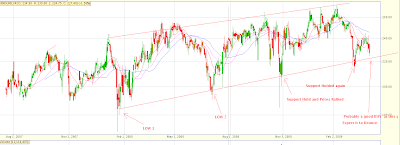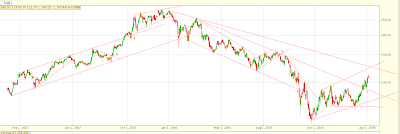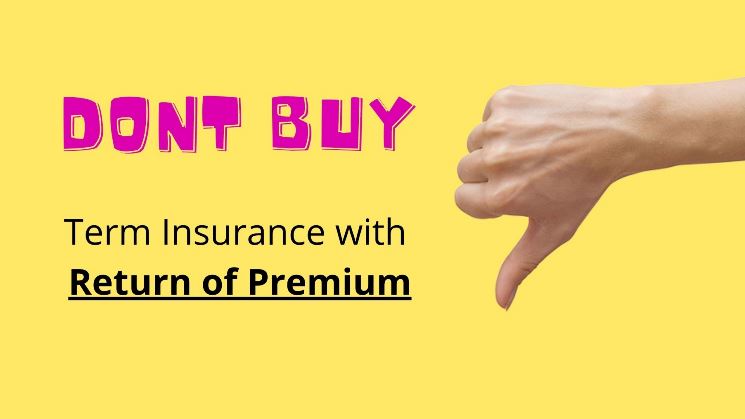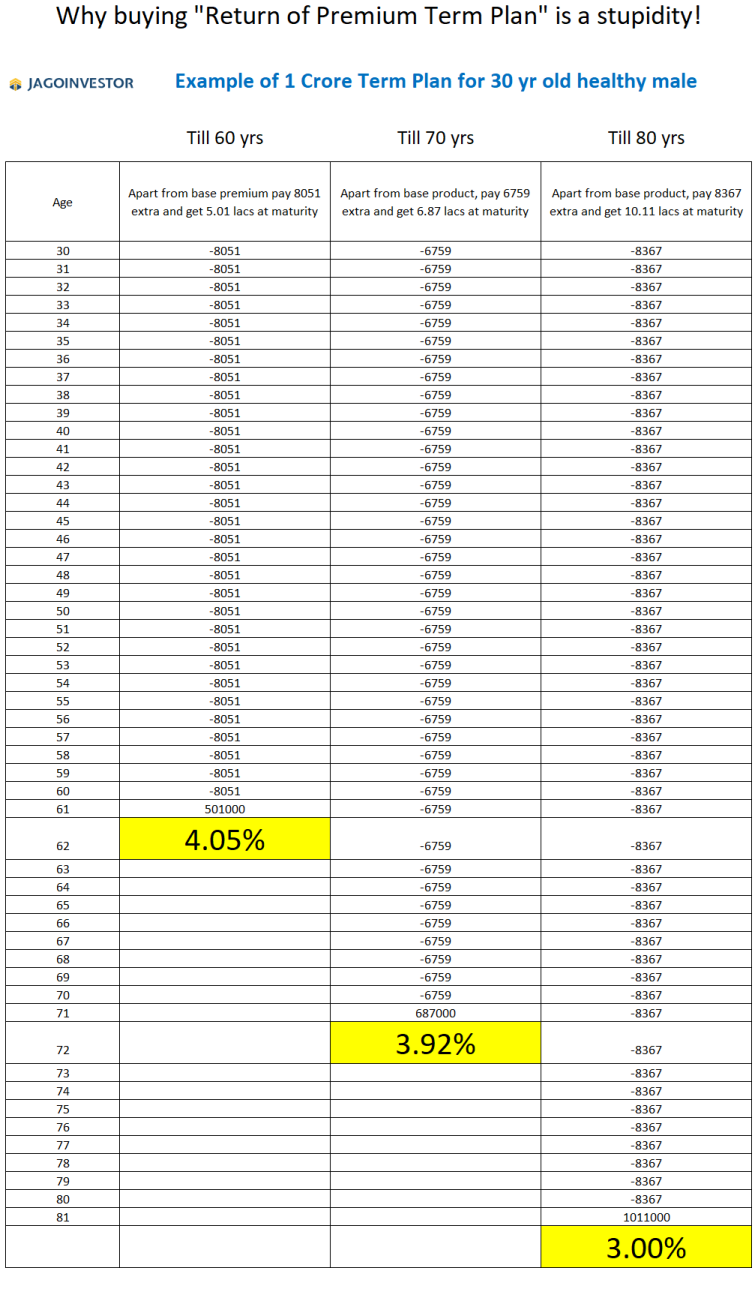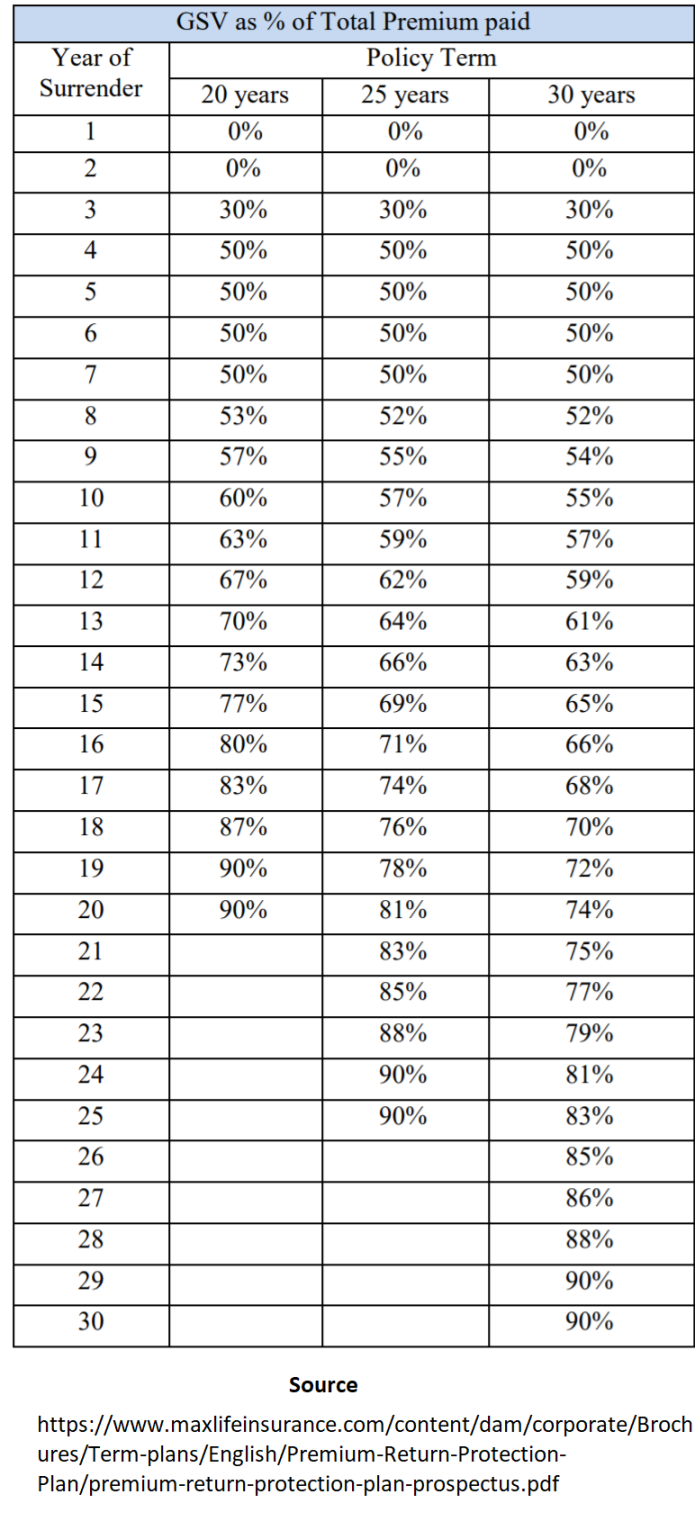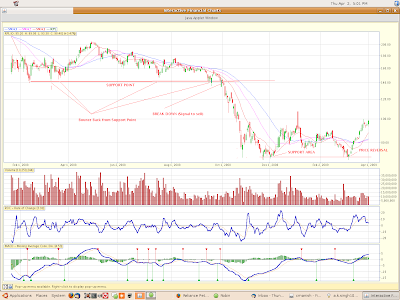In the last Article , we had seen an Introduction to trading . In this section we will see what are the 3 M’s of Successful Trading as per Dr Alexander Elder .
I will give brief introduction of each of it , Its your responsibility to take it further and learn it in detail . take this as just a starting point .

The 3 M’s are :
- MIND
- METHOD
- MONEY
MIND
This part of Trading is most important . It deals with Psychology . When one enters Trading business , he/she has some beliefs about the environment, about markets. They have to understand the importance of Discipline, How people think , how greed and fear affects investors. There are sub-parts to this
# Individual psychology of traders : You have to understand how to control Fear and Greed . How you should take rational decisions and not fall pray to your emotions while trading .
# Mass psychology of the markets : You also have to understand how mass psychology works . Why most of the people do what they do .
# The rules for maintaining personal discipline : You also have to understand the importance of Self Discipline, why you must be always consistent with your trading . You must never violate your rules . because in long run your discipline in one thing which will make you most money , not your knowledge or your skills .
METHOD
This is the part which deals with your knowledge about market , technical analysis , other tools which you can use to make Entry and Exit from any trade . This part is perceived to be the most important aspect and most of the people run after these a lot , but these are the least important part of your trading . Let us see part of this .
#Technical indicators :
These deals with the tools available for making decisions , for example , MACD, RSI , Stocastics, OBV and other 200 weird words.
#The best chart patterns :
Then you must know different types of patterns, which gives some idea about future action and how masses are thinking, some examples can be double top, Head and shoulder pattern etc.
#Developing a trading system :
Then finally after you are done with knowledge part, you should build up your trading system. what is trading system ? Its your rules for buying, selling, booking profits and cutting losses.
For learning on some technical tools you can see my series of articles on “How to be a better than average Investor”
MONEY
Now this part is an amazing one and my favorite 🙂 . What this determines is how will you manage your money , it decides how much money will put in market at any given time , and how much loss will you take maximum on any given trade . How much will be your maximum loss on any one trade, things like that .
Basically this part decides how long can you in the game of trading if things would go wrong . This part is extremely important . Without proper money management no can can survive for long in Trading . Lets see some basic and widely accepted views .
# The 2% Rule for individual traders :
This rule days that on any given trade your loss should not exceed 2% of total capital . So if you have Rs 1,00,000 , first time your loss should not be more than 2,000 . This rule makes sure that even if you make long series of loosing trades , still you are in the game .
Even if you make 10 consecutive loosing trades , your overall loss will be 18.3% , Though this will be rare , still you take care of this situation .
# The 6% Rules for every trading account :
This rule says that your monthly loss should not cross more than 6% in a month . Sometimes when you trade it may happen that there is some problem with your analysis or some issue between you and market which can not be explained , you keep trying to win , but don’t succeed, that time you have a great urge to revenge trade and get your money back .
The best thing at that time is to stop and get some rest , go for vacation and come back with fresh mind . This rule will make sure that if your chemistry with market doesn’t fit , you stop after loosing 6% of your capital . You can choose your own percentage amount .
I would like to choose 12% for me . it all depends on your risk appetite and stubbornness 😉
You might be interested in my previous money management example
# Essential record keeping for success :
This part says that you should always keep all the information regarding each trade . Buy price , sell price , date of purchase , how many days you carried , Reason for buy , reason of sell , what you learned from the trade , chart at the time of buying , charts at the time of selling etc etc .
Why do you do this ?
Record keeping makes sure that any day you can go back to your records and see what kind of mistakes you have done, why some trade failed , why you succeeded in some trade ? you can get lots of information from your records , you need to analyse your performance over days/months/years .
Its extremely important , after a series of trades when you look back to your records , you may be able to find out some pattern , some particular aspect or mistake which you do with each loosing trade and hence can take corrective measures .
So, finally we are done with 3 M’s of successful trading . Professor Van Tharp , in this legendary book “Trade your way to Financial Freedom” talks about how the weightage they would give on these 3 M’s .
According to him in Trading the importance factor is like this
Mind : 60%
Money : 30%
Method : 10%
Its totally opposite of what people perceive it to be , general people think that having all market knowledge and technical analysis is most important .
Nothing is far from truth , It wont be too ambitious to say that you can make money in market by simple coin toss if your have sound money management Techniques and Great control over your self , you need to cut your looser short without any emotion and let your profits run till they can by sitting tight and doing nothing .
Conclusion
So finally if you want to start learning Trading , Work hard on your Psychology part and money management techniques , Technical analysis and other knowledge is important but not vital !! .
Some other article’s you might be interested in :
– Options Trading
– Trading , What is it ?
– Swing Trading Presentation by Mr. Sudarshan Sukhani
you might also be interested in simple technical analysis example given by me with charts at my analysis blog

